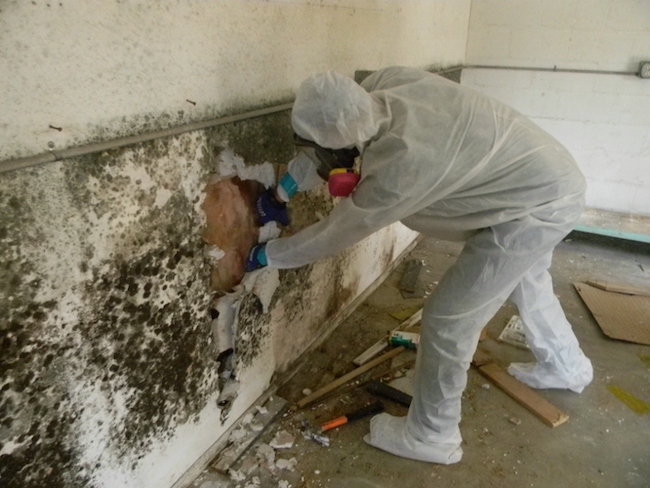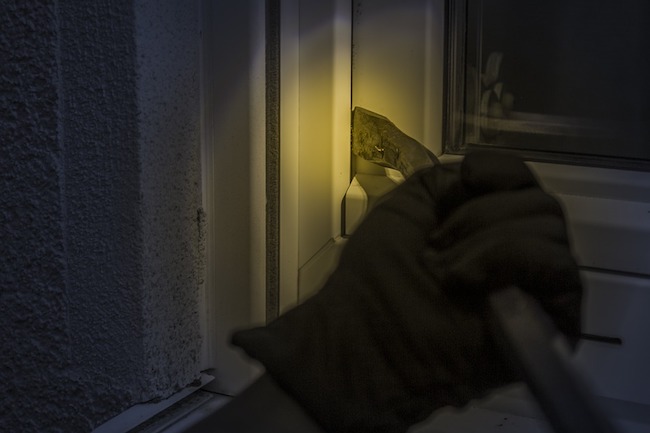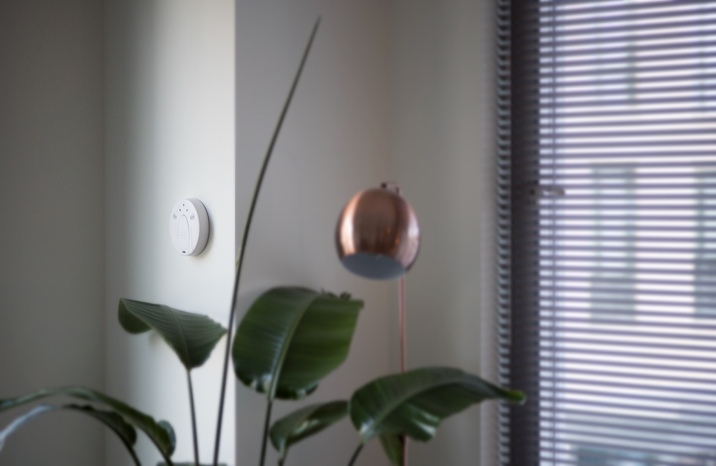Thanks to decades of ghost stories and horror movies, we tend to think of basements as the scariest place in the home. And in some ways, that’s not far off the mark. The dangers in your basement are probably not monsters or ghosts (phew!). But there are some scary hazards that can cause your family, yourself and your home serious harm.
Luckily all of these are easy to prevent and treat. The important thing, as always, is knowing what to look for.
Dangerous Gas in your Basement:
I remember moving into our new house as a kid, and being forbidden from entering the basement for the first two months after moving. My mom would tell me that a secret gas lived down there, and if I got too close I would get really, really sick. I remember big men in intimidating masks going in and out of the basement.
Though I’m not sure which gas it was, there are really only two options: radon and carbon monoxide.
Radon is a naturally occurring radioactive gas. You can’t see it or smell it, so the only way you’ll know if it’s there is by testing for it. If your home has never been tested, you’ll want to look into this. Long exposure to radon can lead to poor indoor air quality and lung cancer.
The other dangerous gas frequently in homes is carbon monoxide. This gas comes from burning fuel with your furnace, your car, or other gas appliances. It is very important to get these appliances tested professionally once a year, especially in the winter. It’s also crucial to have a good Carbon Monoxide Detector located in your basement or wherever this gas is likely to accumulate.

Sneaky Mold in your Basement:
There are lots of different kinds of mold that can creep into your basement. The most common ones include aspergillus, cladosporium, and stachybotrys atra (also known as black mold).
Mold usually comes from the presence of water. Whether it’s humidity, a leak, or a flood, it’s important to act quickly to prevent any mold from growing. A great way to help keep an eye on water levels in your home is with a Water Sensor. If you’re at risk for flooding, follow these steps to help prevent water damage.
If water does get into your home, you should act quickly. Contact a mold remediation company if you can. If you’re handling the cleanup on your own, dry everything as quickly as possible. Remove any standing water. Bring in the help of fans, air conditioners, or heaters to help dry things out. Target wet insulation, wet carpet, and wet drywall as those take the longest to dry. If possible, remove them completely. You’ll also want to clean anything that could be holding onto bacteria or dirt with detergents.
If you find mold in your basement, we recommend contacting a professional to help identify and remove the mold.

Keeping Burglars out of your Basement:
Though the basement isn’t usually the first entry point a burglar looks for, it is an easy option for them. If you have windows and extra doors that allow for easy access into your basement, you’ll want to consider some simple steps to help deter burglars.
Cover any easy access points with Entry or Motion Sensors. Consider putting bars or security film on your windows. Keep furniture away from windows; you don’t want to provide an easy drop down for a burglar. If your basement isn’t used much, consider adjusting your Home Mode settings so that basement Motion Sensors are always on.
For more basement protection tips, take a look here.

